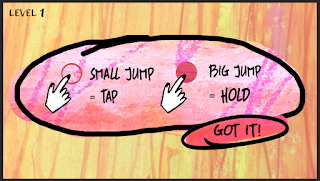Ideas behind the sketches:
- Bold bubble writing resonates with blow up pool inflatables
- Ice cream and ice lollies are an iconic symbol of summer and would make nice bright, visuals. (Is a bit obvious)
- Bikinis and swimming trunks have the potential to be made into bright visuals but might be a bit suggestive and not representative of the city beach being for people of all ages including babies, children, and toddlers.
- Showing city beach as a merging of city and beach elements such as tie to sunglasses and work shoes to flip-flops marries the idea of the beach and the city being together however again, this approach targets a more mature audience and doesn't celebrate the city beach as an all-inclusive event.
- An actual poster of a city merged with a beach is an age and gender neutral approach and would be an appropriate response to the brief. The city part would feature iconic Leeds landmarks and the beach would be bright and colorful celebrating both Leeds and the event.
- Replacing the T in 'City' with a sunbathing woman is a fun approach and in the bottom corner would be her work clothes. Again, this raises the age/gender neutral issue and doesn't really celebrate the event.
- Using a different approach of an inflatable pool flamingo would appeal to all ages but doesn't really have much meaning behind it. It would however, make a bright and eye-catching poster.
- Merging pool inflatables plus bubble writing creates a bright and fun approach to the poster.
- Having a woman in a rubber ring sitting on Leeds City center is a funny visual.
- Iconic Leeds landmarks as sandcastles on the beach. Visuals may be quite full/sandy colour.
- Merging a birds-eye view of a city and a beach together.
- Visuals representing someone taking their work shoes off on the beach with their footprints walking off on the sand.
- Equus the Horse Sculpture in Leeds Trinity transformed into the donkeys you'd typically find on British beaches.
- A city pigeon meeting a flamingo - I like this idea as it is funny, gender and age neutral and subtly allows the beach to meet the city with the flamingo bringing tropical vibes.
- A man running from the office to the beach in his work attire with an inflatable unicorn around his waist.
After reviewing my ideas and asking my peers which ones they thought were the best and had the potential to be developed further I narrowed it down to:
- Leeds City merged next to a beach
- Pool inflatables like blow up flamingo (maybe merged with blow up bubble writing)
- A variation of Flamingo and Pigeon idea


















































